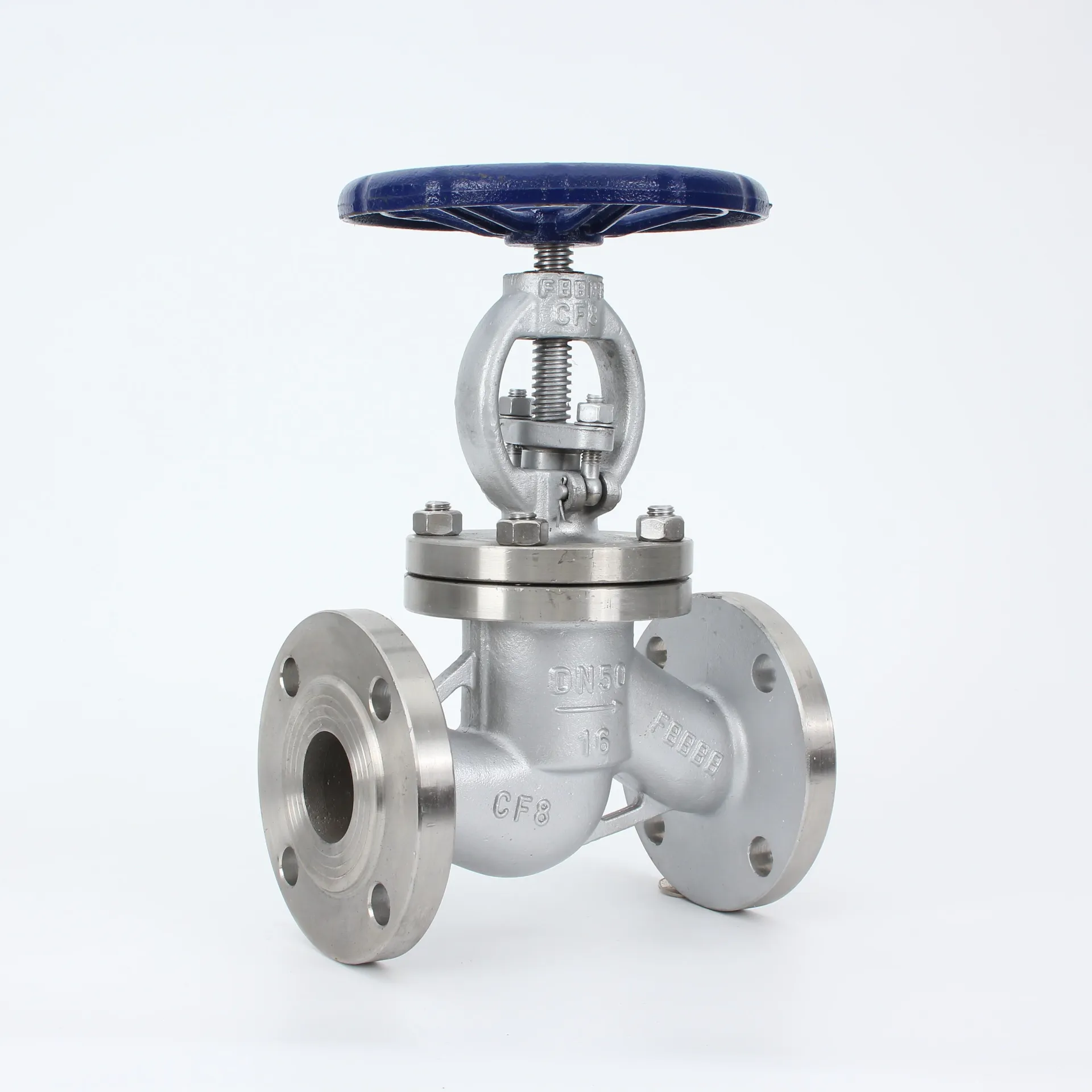Exploring the Benefits and Applications of Electric Butterfly Valves in Modern Industries
Electric Butterfly Valves A Comprehensive Overview
In the landscape of industrial automation and fluid control, electric butterfly valves stand out as essential components in a variety of applications. Known for their simplicity and effectiveness, these valves play a critical role in regulating flow and managing pressure within various systems. This article will delve into what electric butterfly valves are, how they operate, their advantages, applications, and considerations for use.
What are Electric Butterfly Valves?
Electric butterfly valves are quarter-turn rotational devices that use a circular disc as a means of flow regulation. The disc is mounted on a shaft that is connected to an electric actuator. When the actuator turns the shaft, the disc rotates to either open or close the valve, allowing or restricting flow through the pipeline. The design of the butterfly valve enables it to operate effectively in a variety of conditions, making it a popular choice for many industries.
How Do They Operate?
The operation of electric butterfly valves is straightforward. An electric actuator receives signals from a control system, which could range from a simple on/off switch to a more complex control system that adjusts the actuator based on flow rates and pressure levels. The actuator then rotates the disc either clockwise or counterclockwise, effectively controlling the flow of the medium. The integration of electric actuators eliminates the need for manual operation, allowing for remote operation and enhanced control.
Advantages of Electric Butterfly Valves
1. Efficient Performance Electric butterfly valves provide rapid open and close functions, which contribute to their efficiency in controlling flow rates. Their quarter-turn operation also means they require minimal space compared to traditional valves.
2. Energy Savings With electric actuators, these valves can significantly reduce energy consumption when compared to pneumatic or hydraulic actuators that rely on compressed air or hydraulic fluid. This efficiency not only saves energy but can also lower overall operating costs.
3. Precision Control Electric butterfly valves can offer precise control over flow regulation, particularly when integrated into automated systems. This precision is critical in applications requiring exact flow measurements and adjustments.
electric butterfly valves

4. Low Maintenance These valves typically require less maintenance than other valve types. The electric actuators are designed for durability, and the valve bodies are often made from corrosion-resistant materials, thereby extending the lifespan of the system.
5. Versatility Electric butterfly valves can be used across various industries, including water treatment, HVAC systems, oil and gas, and food processing. Their ability to manage different media types, including gases and liquids, makes them versatile tools in fluid control.
Applications
Electric butterfly valves find applications in numerous sectors due to their efficiency and reliability. In the water and wastewater industry, they are employed to manage flow in treatment processes and distribution systems. In the HVAC sector, these valves help regulate air and water flows, ensuring optimal system performance. Furthermore, in the oil and gas industry, they play a role in safe and efficient handling of various hydrocarbons.
Additionally, electric butterfly valves are becoming increasingly popular in the food and beverage industry, where hygiene and precision are paramount. They can be designed with sanitary features, making them suitable for applications involving food processing, dairy production, and brewing.
Considerations for Use
When selecting electric butterfly valves, several factors must be considered. The size and specifications of the valve must match the requirements of the system, including the type of media being controlled, maximum pressure ratings, and temperature ranges. Additionally, proper integration with the existing control system is crucial to ensure efficient operation.
Moreover, while electric butterfly valves are robust, it is essential to ensure that the electric actuator is rated for the environment in which it will be used, especially in applications with high humidity or extreme temperatures.
Conclusion
Electric butterfly valves play a pivotal role in modern fluid control systems, thanks to their efficient operation, versatility, and precision. As industries continue to evolve and demand more from their automation systems, the role of electric butterfly valves in maintaining optimal flow conditions and reducing energy consumption becomes ever more significant. Whether in water treatment plants, HVAC systems, or food processing facilities, these valves are essential for achieving operational efficiency and reliability. Understanding their functions, advantages, and applications will enable engineers and operators to make informed decisions when integrating them into their systems.
-
Top-Quality Pipe and Pipe Fittings for Reliable Fluid SystemsNewsAug.28,2025
-
Reliable Slip On Flange Manufacturer for Industrial ExcellenceNewsAug.28,2025
-
Premium Rubber Expansion Joints for Piping SystemsNewsAug.28,2025
-
Premium Electric Actuators for Smart Automation SolutionsNewsAug.28,2025
-
Innovative Flange Solutions for Modern Plumbing NeedsNewsAug.28,2025
-
High-Performance Exhaust Valves for Efficient Fluid SystemsNewsAug.28,2025
-
Buy WCB Gate Valve: Robust & Reliable Industrial SolutionNewsAug.28,2025




